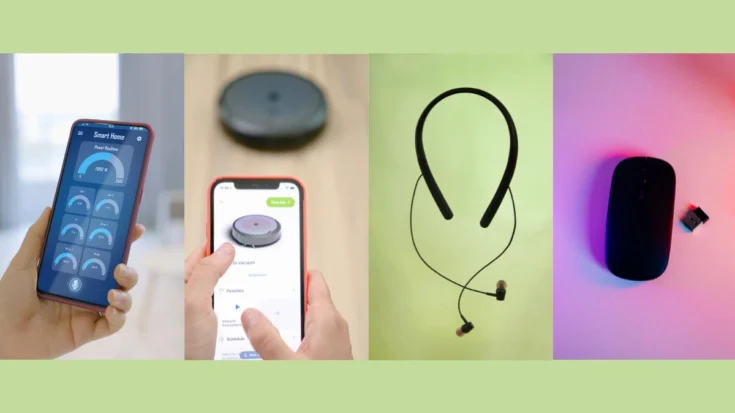Zigbee and Bluetooth are two technologies that support wireless connectivity, but of course the difference between Zigbee and Bluetooth is quite apparent in their applications.
In a wireless technology that has undergone rapid development, Zigbee and Bluetooth are used for different purposes. The most visible difference between Zigbee and Bluetooth is of course the purpose of use.
The difference between Zigbee and Bluetooth extends to adopting different approaches to network topology.
Also Read
This article will provide more information on the differences between Zigbee and Bluetooth so that you can consider using these technologies.
Table of Contents
The Difference Between Zigbee and Bluetooth

1. Data transfer speed
Data transfer speed is a key factor that differentiates Zigbee and Bluetooth in the use of applications that require data communication.
Zigbee has a low to medium data transfer rate making it suitable for sensor and IoT applications that do not require large data transfers or real-time streaming.
Bluetooth, on the other hand, has a high data transfer rate making it ideal for applications that require audio streaming, fast file transfer, and intensive data communication.
2. Purpose of use
Although both operate in the realm of wireless technology, ZigBee and Bluetooth have fundamental differences in their intended use:
ZigBee focuses on wireless sensor networks and IoT. It supports communication between dispersed sensor devices. Zigbee also has the infrastructure for efficient data exchange and the development of complex IoT solutions.
Meanwhile, Bluetooth is used in personal devices such as headsets, speakers, and smart devices. Although it provides a reliable and easy wireless connection, Bluetooth is ideally used for audio transfer, streaming, and controlling consumer devices.
3. Range and battery life
Range and battery life are important aspects of understanding the difference between Zigbee and Bluetooth. Broadly speaking, Zigbee has advantages in network coverage and battery life, whereas Bluetooth has a more limited range and higher power consumption.
With its wide range, Zigbee is suitable for applications with large area coverage. It also has good power efficiency, making Zigbee ideal for devices with limited battery power.
While Bluetooth has a more limited range, it is more suitable for applications in close proximity. With higher power consumption, Bluetooth is less efficient for devices with small batteries.
4. Network topology
Network topology describes the structure and pattern of relationships between devices in a network. ZigBee and Bluetooth adopt different approaches to network topology.
ZigBee uses a mesh network topology, which allows each device to communicate directly and act as a router. This also makes the Zigbee network flexible, resilient, and stable.
Whereas Bluetooth tends to use a piconet topology (master-slave relationship). This network is more suitable for connections between personal devices but is less flexible than a mesh network.
Here we provide you the table to give you a better understanding of the difference between Zigbee and Bluetooth:
| Parameter | Zigbee | Bluetooth |
| Standard | 802.15.4 | 802.15.1 |
| Range | 10-100 meters | 10-100 meters |
| Operating Frequency | 868 MHz (Europe)900-928 MHz (NA)2.4 GHz(Worldwide) | 2.4 GHz |
| Networking Topology | Ad-hoc, peer-to-peer, star, or mesh | Ad-hoc, very small networks |
| Complexity (Device and Application Impact) | Low | High |
| Power Consumption (Battery Option and Life) | Very low (low power is a design goal) | Medium |
| Security | 128 AES plus application layer security | 64 and 128-bit encryption |
| Typical Use Cases | Industrial control and monitoring, Smart sensor networks, Building automation, Home control and automationToysGames | Wireless connectivity between BLE devices |
These are the differences between Zigbee and Bluetooth that you can consider when using these technologies. In the future, it is hoped that these two technologies can continue to innovate so that each other can complement each other in supporting IoT.
As additional information, every Zigbee and Bluetooth product on the market must go through a test and certification process first. If you have difficulty taking care of the test and certification process, you can contact the Type Approval Certification Service for ITC Products in your country.









